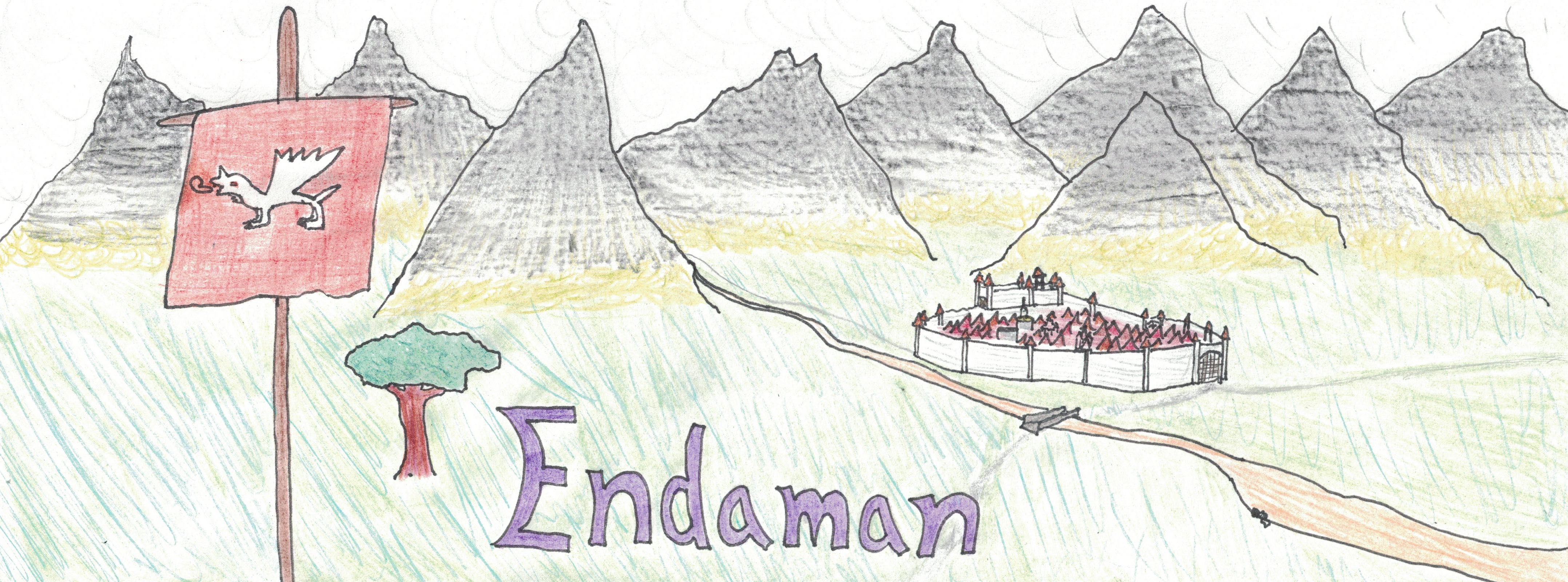Worship of the Dwarven Gods
"In the early days of the world, the Gods came into being. First Sret, then His two sons Kwist and Chek. The three gods looked upon Their barren earth and wished it to flower, and lo! Flowers sprung up wherever They looked. They then raised mountains and grew forests where there had been flat lands, delved lakes and oceans where there had been dry earth, and ripped caves into the ground where there had been no such caves before."
~The Holy Tablets
History
Ever since Sret crafted them out of the mountain stones, the five races of Dwarves have always worshipped Him and His sons, Kwist and Chek. The ritual has only changed a little over the centuries, with more of a focus nowadays on the imparting of guiding wisdom to the community rather than a focus on flashy rituals or elaborate layouts.
Execution
Many dwarven communities have a "laying of earthly burdens" before the ceremony begins. Those who wish to provide constructive concerns or give notice of events in the community are encouraged to speak to the gathered dwarves. On special holidays such as Srêtânen, esteemed members of the community often give speeches or sermons at this time, as nearly every dwarf in the hold will be in attendance.
After that, the ceremony itself begins. One of the priest's assistants will enter, carrying two things: a relic of the gods that will be used for the duration of the ceremony, and a short length of rope. The other assistant will carry in a holy tablet. After laying these down on the stone altar, they will both pick up the rope at both ends and hold it above the altar.
The priest will then cut the rope. If the relic is of the cutting kind, then it will be used. Otherwise, a ceremonial dagger is used. This step symbolizes the moment when the labour of the gods began. The two assistants and the priest will then read the tablet aloud, speaking of the crafting of the Dwarven race out of stone, the teaching of crafts and the sundering of Pegharâk (the underground home of the gods).
Afterwards, the rope parts will be burned, as well as a sacrifice of the three kinds of incense. This purifies all those who are in attendance.
At this point, the priest officiating the ceremony will give a short speech, reaffirming the values of the dwarven people. This is optional in some places but obligatory in others. After this step, the ceremony is over.
Components and tools
Participants
A priest and his two assistants are always required for the ceremony. Also important are those who provide the special sermons on holidays.
Observance
The rites are performed every other day, and each dwarf chooses when their family will go to the ceremony and how often. These days happen to be the day after the one of the holy days of the Imperial Temple.
Primary Related Location
Related Ethnicities
Remove these ads. Join the Worldbuilders Guild









Comments